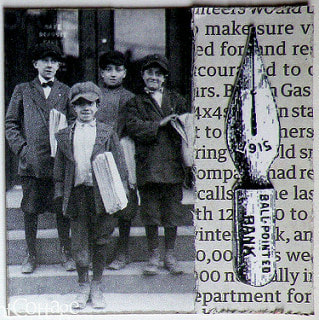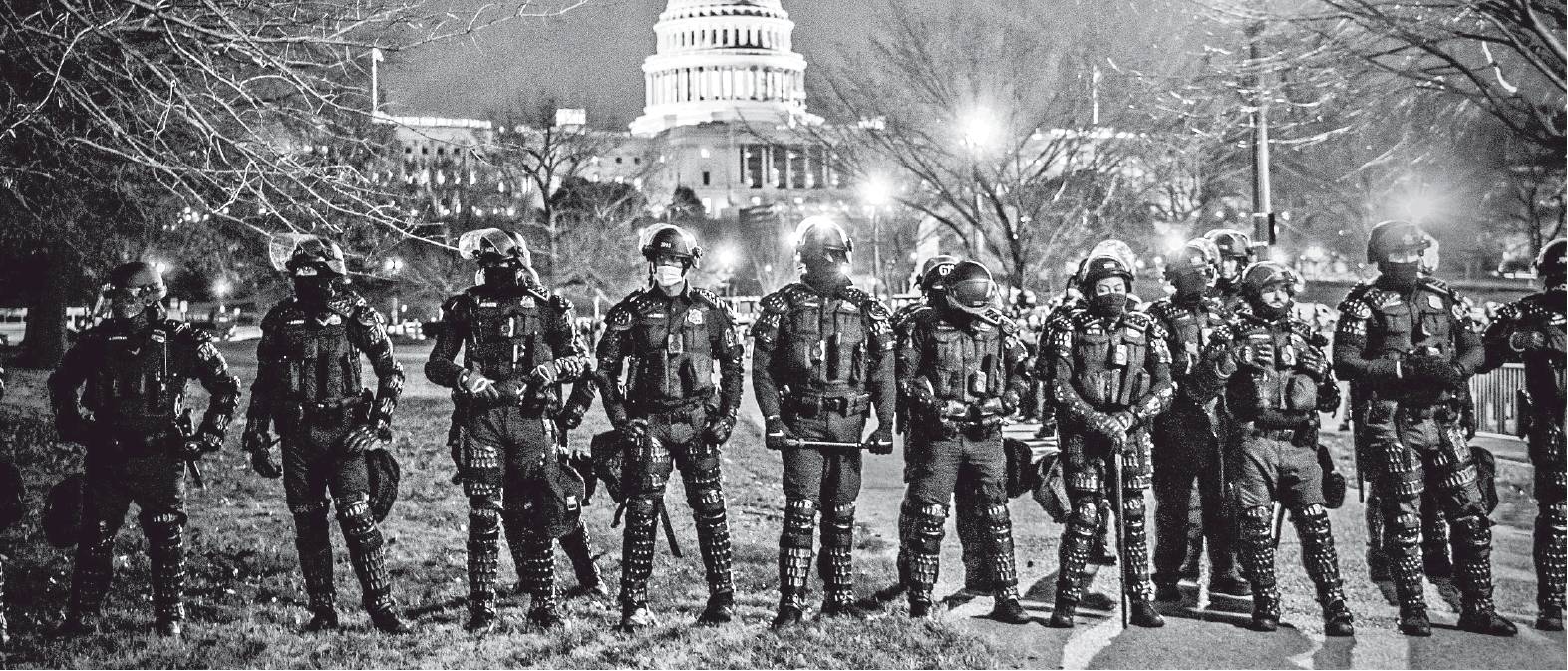Attack could fuel extremist recruiting
By NEIL MACFARQUHAR, JACK HEALY, MIKE BAKER and SERGE F. KOVALESKI • New York Time
Overthrowing the government. Igniting a second Civil War. Banishing racial minorities, immigrants and Jews. Or simply sowing chaos in the streets.
The ragged camps of far-right groups and white nationalists emboldened under President Donald Trump have long nursed an overlapping list of hatreds and goals. But now they have been galvanized by the outgoing president’s false claims that the election was stolen from him — and by the violent attack on the nation’s Capitol that hundreds of them led in his name.
“The politicians who have lied, betrayed and sold out the American people for decades were forced to cower in fear and scatter like rats,” one group, known for pushing the worst anti-Semitic tropes, commented on Twitter the day after the attack.
The Capitol riots served as a propaganda coup for the far-right, and those who track hate groups say the attack is likely to join an extremist lexicon with Waco, Ruby Ridge and the Bundy occupation of an Oregon wildlife preserve in fueling recruitment and violence for years to come.
Even as dozens of rioters have been arrested, chat rooms and messaging apps where the far-right congregates are filled with celebrations and plans. An ideological jumble of hate groups and far-right agitators — the Proud Boys, Oath Keepers, the Boogaloo movement and neo-Nazis among them — are now discussing how to expand their rosters and whether to take to the streets again this week to oppose the inauguration of Joe Biden.
Some, enraged by their failure to overturn the presidential election, have posted manuals on waging guerrilla warfare and building explosive devices.
Law enforcement officials have responded by beefing up security at airports and creating a militarized “green zone” in downtown Washington. The FBI and Department of Homeland Security issued an urgent warning that attackers could target federal buildings and public officials in the coming days, and at least 10 states have activated National Guard troops in their capital cities. Some states have canceled legislative activities this week because of the possibility of violence.
Purging extremist groups from mainstream social media platforms like Facebook and Twitter may have succeeded in disrupting their organizing, experts say, but such efforts have pushed them into tougher-to-track forms of communication including encrypted apps that will make it harder to trace extremist activities.
“Destroying the platforms could lead to more violence,” said Mike Morris, the Colorado-based founder of Three Percent United Patriots, one of dozens of so-called “patriot” paramilitary groups. Morris said he does not support violence but warned that other groups might find more freedom to plot on encrypted platforms.
Since last week, dozens of new channels on secure-messaging apps have popped up devoted to QAnon, the far-right conspiracy theory that says Trump is fighting a cabal of Satanists and pedophiles. Many militias have found thousands of new followers in darker corners of the internet, such as one Telegram channel run by the Proud Boys, a violent far-right group, which more than doubled its followers, to more than 34,000 from 16,000.
“People saw what we can do. They know what’s up. They want in,” boasted one message on a Proud Boys Telegram channel last week.
Far-right groups were buoyed after Trump spoke of “very fine people on both sides” of the 2017 “Unite the Right” rally in Charlottesville, Va., where a white supremacist fatally ran over a peaceful counterprotester with his car. They saw a signal of support when Trump, during a presidential debate, told the Proud Boys to “stand back and stand by.”
The attack on the Capitol was likely to become “a significant driver of violence for a diverse set of domestic violent extremists,” an array of government agencies said in a joint intelligence bulletin issued Jan. 13.
The storming of the building, several analysts said, could fuel a dangerous pushback against the incoming Biden administration and its agenda on gun control, racial justice, public lands and other issues by extremists who are not afraid to use violence to get their way.
But the backlash to the Capitol riot could also diminish them. After Charlottesville, alt-right leaders fractured amid a torrent of condemnation, infighting and legal action.
The immediate aftermath of the Capitol attack has led to arguing among extremists over whether to hold another round of violent rallies or lie low and wait out the arrests, investigations and throngs of police and National Guard troops dispatched to protect statehouses and the Capitol before the inauguration.
Enrique Tarrio, leader of the Proud Boys, who was arrested in Washington several days before the Capitol attack on charges of carrying illegal ammunition clips and burning a Black Lives Matter banner, now calls the attack on the Capitol a mistake. But he said the far-right movement galvanized by Trump would outlast his presidency.
“He has created this movement that I don’t think anybody can stop,” Tarrio said. “They can try to silence. They can try to de-platform. It’s just going to make it louder.”



 RSS Feed
RSS Feed